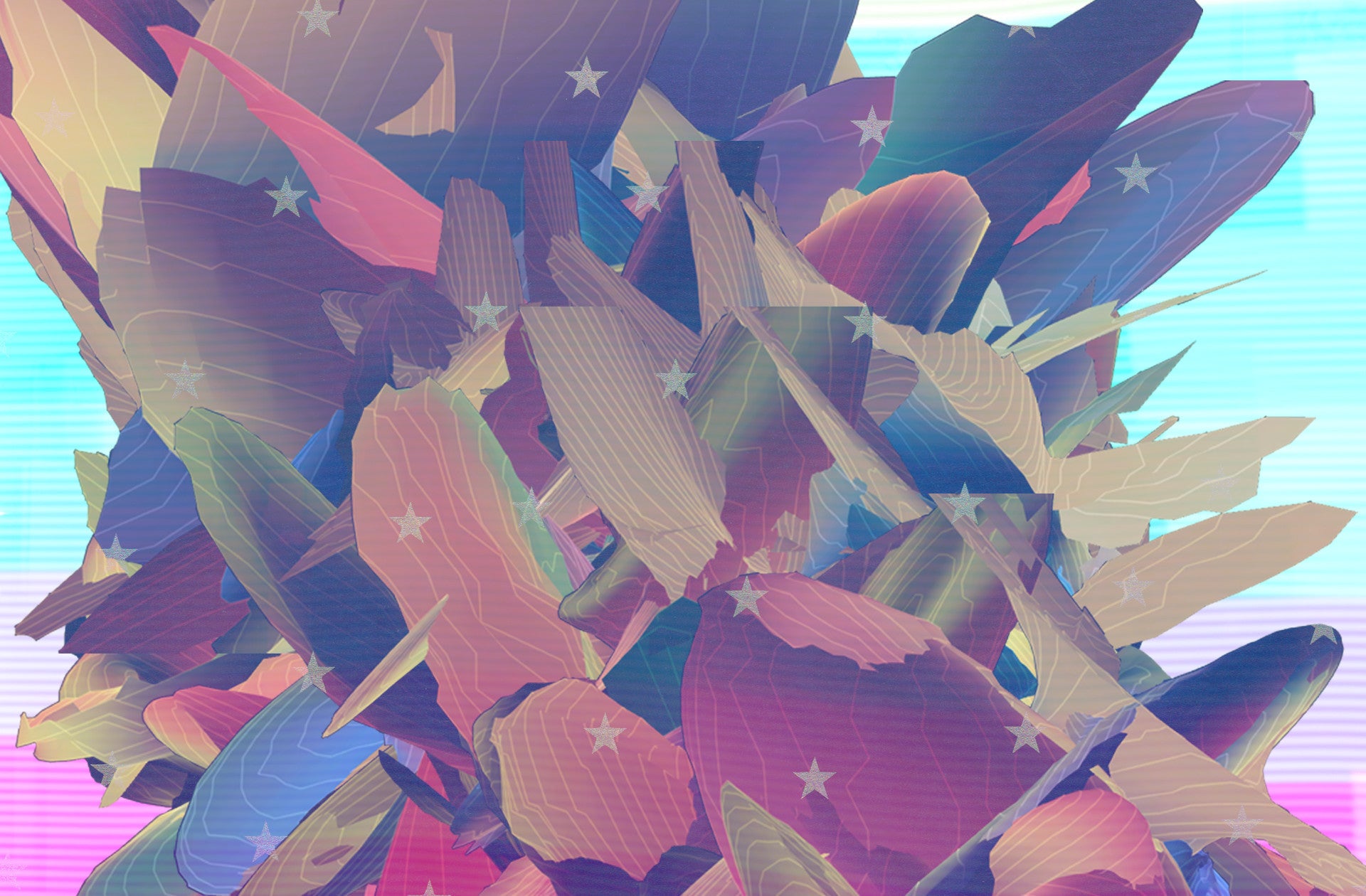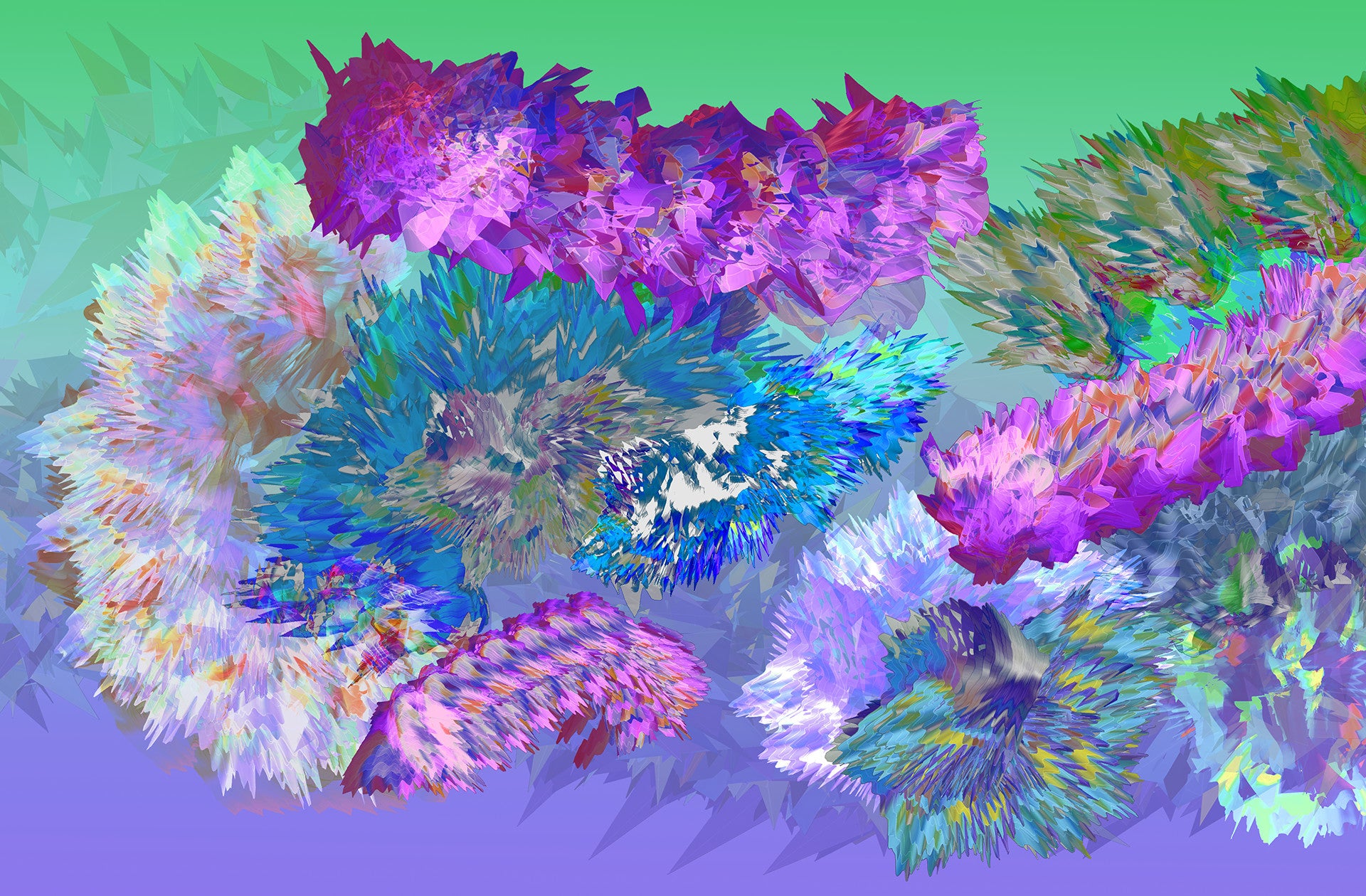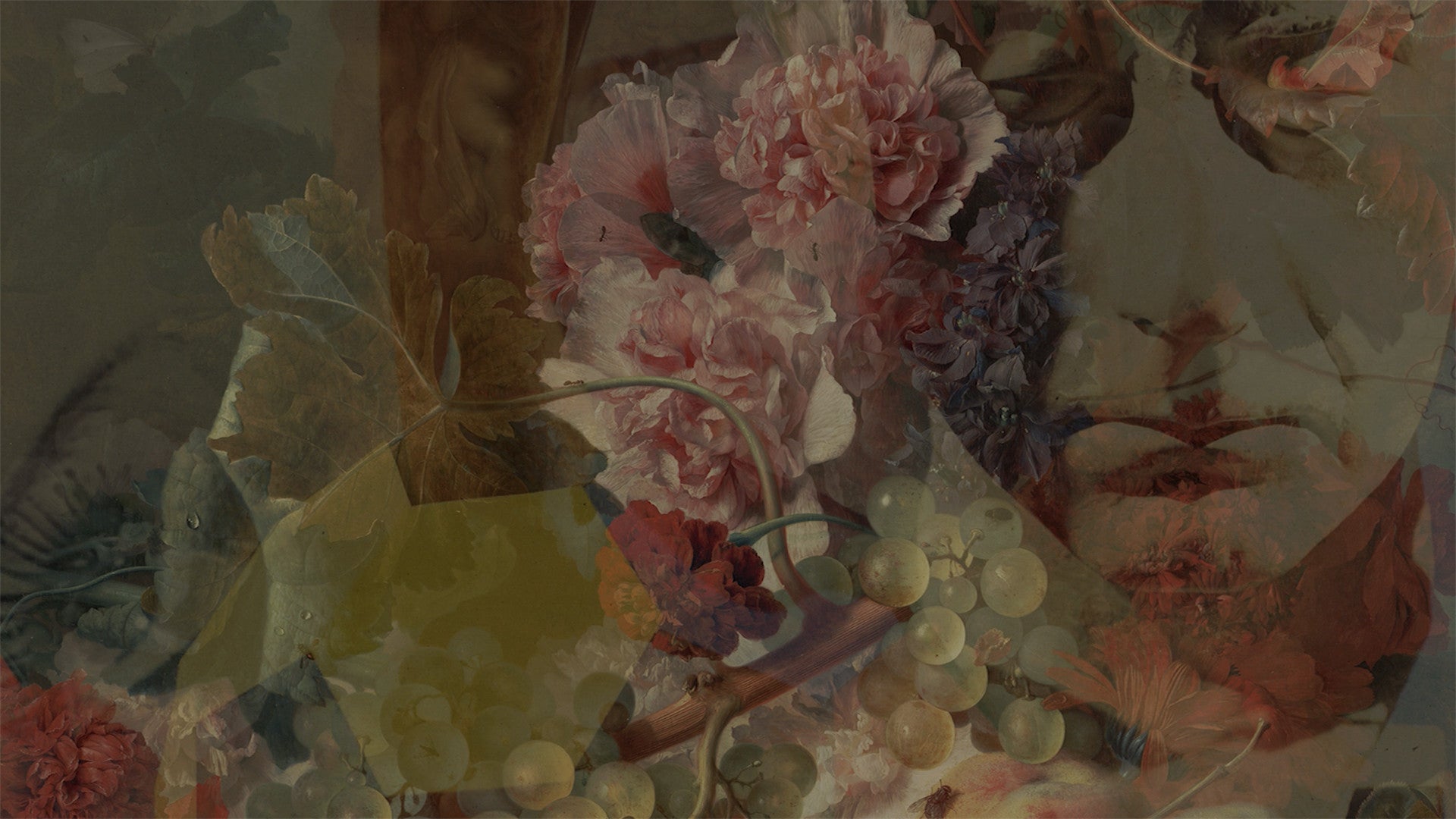
DIGITAL COLLAGE
VIEW ART→
PHOTOGRAPHY
BUY PRINTS→
Suspended Motion Series
VIEW ART→
Video Production
watch now→About Lisa Banks
biography
Lisa Banks is an artist and videographer based in Northern California. She was recently selected to create an original public artwork for the BART 19th Street Station in Oakland, CA as part of BART's Art in Transit Program. Lisa will collaborate with her wife Hailey Payne Banks on a large-scale two-dimensional artwork to be installed in 2018. In 2014 Lisa earned an MFA in Digital Arts & New Media from the University of California Santa Cruz. She went on to participate in the graduate internship program at the J. Paul Getty Museum where she produced videos and developed digital media content for the museum's Education department. Since 2013 Banks has co-owned and operated the digital design agency Cold Noble Creative. Lisa's professional background includes over six years as a gallerist in San Francisco and Los Angeles, and over 13 years as a freelance video editor and producer.
Banks' 2016 group exhibitions include Dynamic at Studio Channel Islands in Camarillo California, and Fall in Love with MONCA II at the Museum of Northern California Art in Chico. Other recent exhibitions include East Bay Open Studios 2015, the 2014 Digital Arts & New Media (DANM) MFA show Undercurrents, Beyond Structure at 111 Minna Gallery, San Francisco, Digifabulous at the Regis Center for Art, University of Minnesota Twin Cities featuring prints and a collaborative video work from the 2.5D Series, and electronic sculptures and prints at the Santa Cruz Museum of Art & History in Digital Art + Fashion Night and Art That Moves.
artist statement
I seek to represent the invisible, to physically manifest spaces that otherwise remain imagined. My work is created in response to a need for psychological and physical autonomy, a desire to disconnect my body from established conventions and place it in an alternate realm where it can move about unencumbered. I create both moving and still images that suggest limitlessness in possibility, artworks that intend to empower the body and self by allowing the two to exist in a variety of states simultaneously.
Collage has been a part of my practice for many years, and it provides a useful analogy for my conceptual intentions as an artist. It is in the process of mashing up, of deliberately selecting content and reorganizing it alongside seemingly disparate materials, that I begin to make my own meaning from the world around me. The intention is always to write my story, to re-frame media from my perspective so it can reflect the realities that I imagine and experience. Adopting digital video as a medium was a natural choice as it allowed me to literally set in motion my curated responses to cultural ephemera. I’m particularly interested in combining contemporary and vintage media as a way to draw relationships between the two, and in turn attempt to dismantle the works’ original intentions by compressing the content into something that is truly my own. My digital collage series and the I Started a Fire music video are examples of this approach. The collages combine found vintage imagery with my own photos, and the music video is comprised entirely of found footage from a 1925 sci-fi film and 1960s institutional films and advertisements. The imagery in both the collages and video is fantastical and evocative, engaging viewers with layers of associative meaning.
Artworks in the Suspended Motion Series encapsulate instances of my own physical expression within a unique space where time is simultaneously elongated and collapsed. Videos and still images in the series distinctly avoid representing perceived reality by abandoning linear perspective and depicting sequential motion in ways that the human eye does not naturally recognize. The prints demonstrate recorded video motion in a perceptually intriguing way, much like the work of late 19th century technicians Eadweard Muybridge and Etienne-Jules Marey in their examinations of motion through the invention of chronophotography. I find that the visual combination of abstraction of the human figure and suggestion of movement engages viewers deeply by referring to alternate forms of visual perception. The imagery is created in part through use of an experimental motion-capture system that incorporates an X-Box Kinect camera to effectively blend the digital and physical realms. The figures in the works appear as computer-generated polygons imbued with the colors and shadows of the human world, and they become both recognizable and otherworldly. Signatures of movement are revealed, but ultimately complicated into anthropomorphic forms. It is in those unrestricted forms that possibility manifests. Works in the Suspended Motion Series promote the freedom one can achieve in creating a space that exists outside of the established rules of perception.
